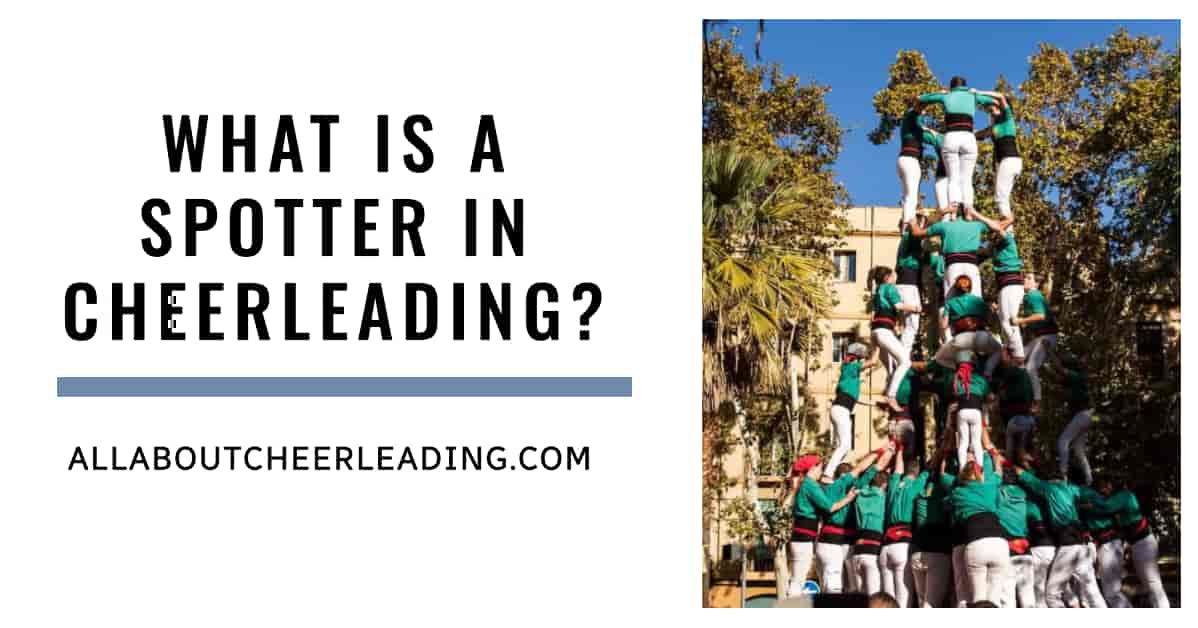In the world of cheerleading, the spotlight often shines on the flyers and bases. However, the role of a spotter is equally vital, serving as the guardian of safety and precision. This article delves into the responsibilities, qualities, and challenges that come with being a spotter in cheerleading.
The Role of a Spotter in Cheerleading
A spotter’s primary responsibility is to ensure the safety of the team, particularly the flyer, during stunts and routines. Positioned strategically, usually behind or beside the base, the spotter is the team’s safety net, ready to catch or stabilize the flyer if things go awry. They also assist in coordinating the timing and execution of stunts, making them an indispensable part of any cheerleading squad.
Qualities of an Effective Spotter
To excel in this role, a spotter needs a unique set of attributes:
- Physical Capabilities: A spotter must possess the strength to catch or support a flyer, which often requires quick reflexes and a strong upper body.
- Mental Acuity: The ability to stay focused and alert throughout a routine is crucial. A momentary lapse in concentration can lead to accidents.
- Effective Communication: Clear and quick communication is essential for coordinating stunts and ensuring the safety of the team. A spotter must be able to give and receive instructions clearly, even in the heat of a performance.
Essential Techniques
To be effective in their role, spotters must master several key techniques:
- Proper Hand Placement: Knowing where and how to place your hands is crucial for catching or stabilizing the flyer. Techniques like cupping the hands can offer better support.
- Synchronized Timing: Being in sync with the flyer and other bases is essential for smooth stunt execution. This involves knowing when to lift, twist, or dismount.
- Quick Response in Emergencies: Spotters must be trained in emergency response techniques, such as how to catch a falling flyer safely or how to assist in case of an injury.
Challenges and How to Overcome Them
Being a spotter is not without its challenges:
- Physical Demands: The role can be physically taxing, requiring upper body strength and quick reflexes. Regular strength training can help manage these demands.
- Maintaining Concentration: Staying focused during high-pressure moments is challenging. Mental conditioning exercises like meditation can help improve focus.
- Handling Performance Stress: The pressure to perform flawlessly can be overwhelming. Learning stress management techniques can be beneficial.
Preparation and Training
To excel as a spotter, specific preparation and training are required:
- Muscle Conditioning: Regular strength training exercises targeting the upper body can help build the necessary muscle endurance.
- Flexibility Drills: While not as crucial as strength, flexibility aids in achieving the correct hand and arm positions needed for stunts. Incorporate stretching into your routine.
- Mental Readiness: Mental preparation is just as important as physical training. Techniques like visualization and mindfulness can help you stay focused during performances.
Advice for Future Spotters
For those looking to step into the role of a spotter, here are some invaluable tips:
- Enhancing Physical Endurance: Consistent exercise and strength training are non-negotiable. The stronger you are, the better you can support your team.
- Communication Best Practices: Develop a set of clear hand signals and verbal cues. Effective communication can make or break a performance.
- Safety Protocols to Adhere To: Always prioritize safety. Make sure to review and follow all safety guidelines and protocols, both in practice and during performances.
Real-World Spotting Scenarios
To provide a clearer picture of what spotting entails, let’s look at some real-world examples:
- Effective Spotting Case Studies: Instances where spotters have prevented potential injuries, showcasing the importance of their role.
- Expert Spotter Interviews: Insights from seasoned spotters who share their experiences, challenges, and tips for those aspiring to take on this role.
Conclusion
The role of a spotter in cheerleading is often underestimated, but as we’ve explored, it’s a position that demands a unique skill set and unwavering focus. From ensuring the safety of the flyer to coordinating complex stunts, the spotter is truly the unsung hero of a cheerleading team. Whether you’re an aspiring spotter or a team looking to improve your performance, understanding the intricacies of this role is the first step to elevating your cheerleading game.

